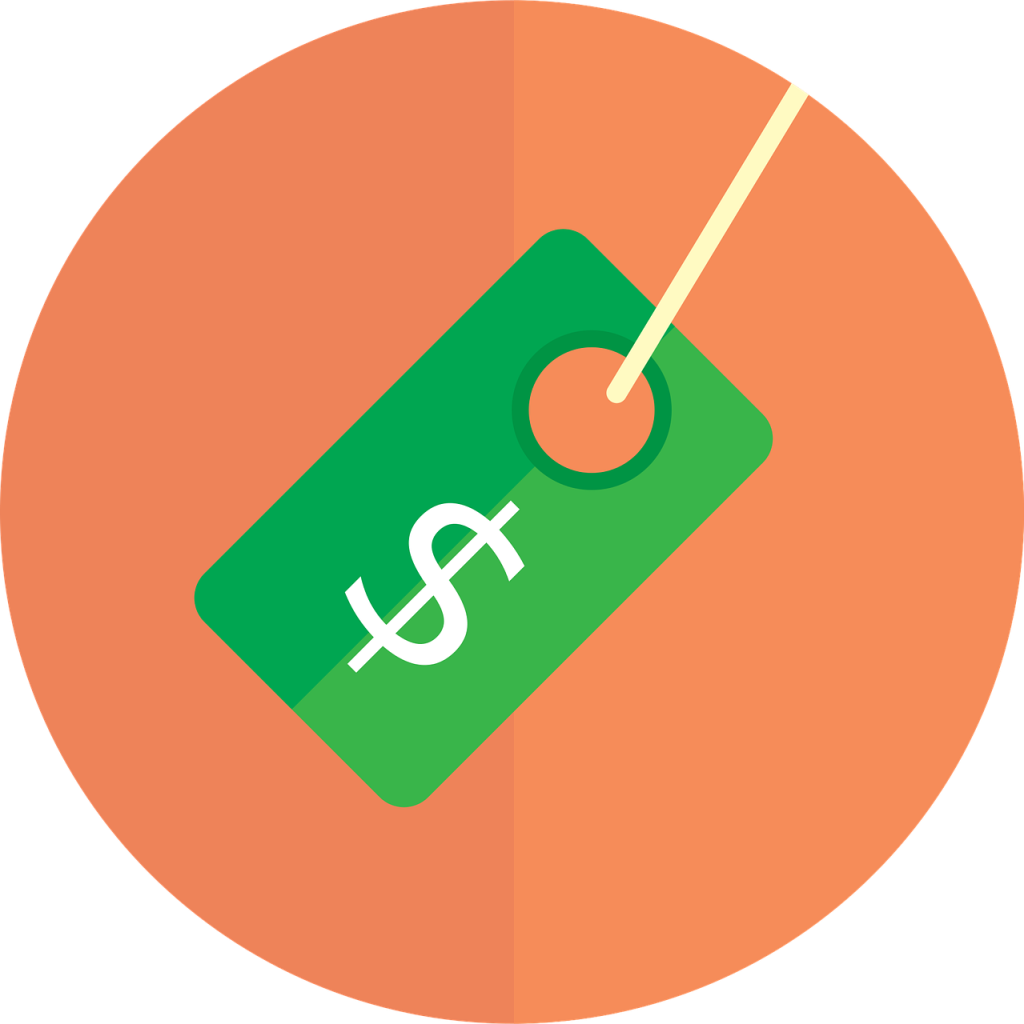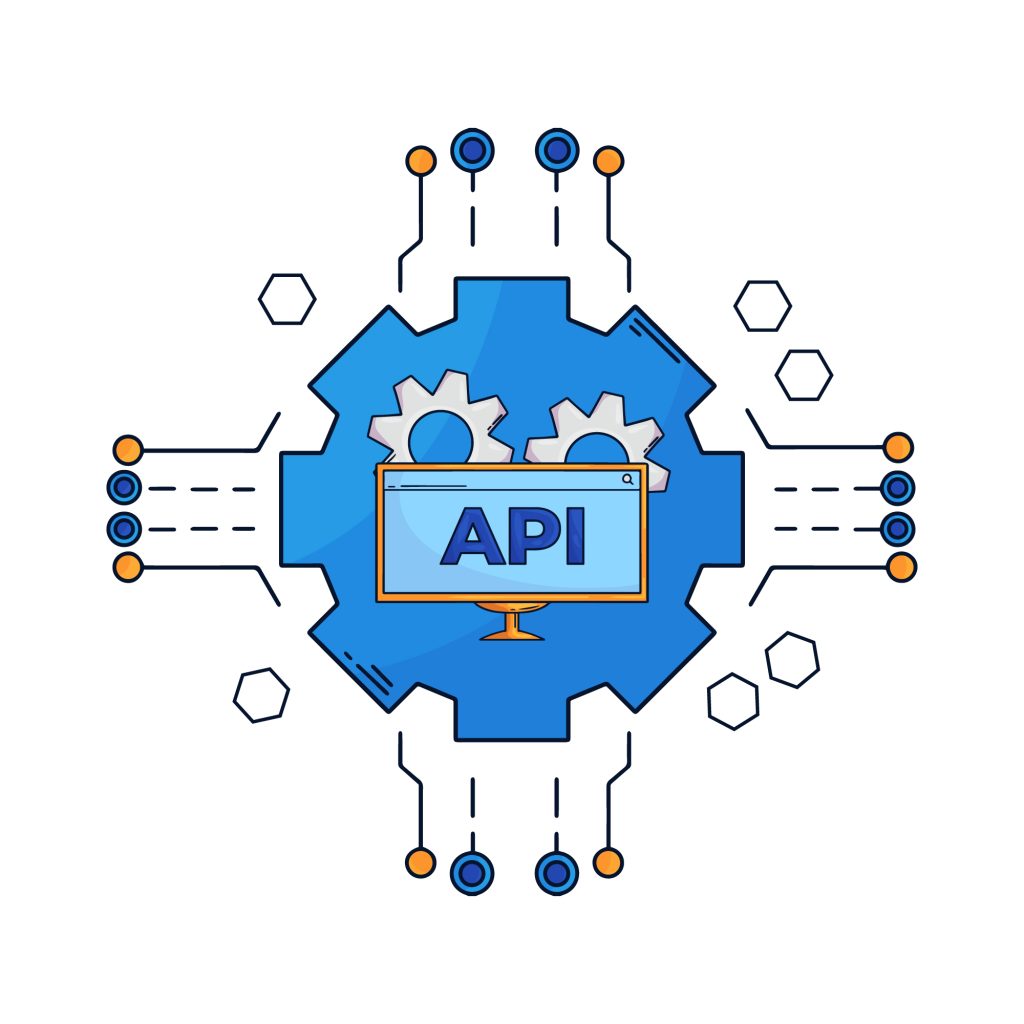Introduction
For marketplace founders using Sharetribe, dynamic pricing opens up an exciting opportunity to boost profitability without compromising user trust. Sharetribe’s flexible architecture makes it possible to integrate pricing algorithms, yield management tools, or even AI-driven personalization directly into your platform. This means you can introduce surge multipliers during peak hours, offer discounts during off-peak times, or optimize provider earnings with data-backed pricing models.
What is Dynamic Pricing in Marketplaces?
Dynamic pricing in marketplaces refers to a flexible pricing strategy where the cost of a product or service isn’t fixed but instead adapts in real time to various influencing factors. Unlike traditional models where prices remain static, dynamic pricing continuously responds to changes in demand, supply, timing, and even competitor behavior. For example, when demand surges — such as during holidays or peak hours — prices can automatically increase to reflect the higher value of availability, much like surge pricing in ride-sharing apps. Conversely, when there’s excess supply or reduced demand, the system can lower prices to encourage transactions and maintain liquidity.
Seasonal trends, inventory levels, and competitor benchmarks also play a significant role, ensuring that pricing remains both competitive and profitable. By moving away from one-size-fits-all pricing, dynamic models create context-aware, moment-specific pricing that benefits all sides of a marketplace: providers maximize earnings, buyers receive fair market-driven prices, and the platform strengthens its overall transaction flow.
Why Pricing Optimization Matters in Marketplaces?
1. Buyers: Trust, Affordability, and Purchase Decisions
For buyers, price is often the first factor they notice when browsing a marketplace. Competitive pricing creates trust and ensures that users feel they are receiving fair value. Affordable and transparent pricing also lowers barriers to entry, encouraging first-time buyers to make purchases and repeat buyers to return more often. If prices are too high or inconsistent without explanation, buyers may abandon the platform in favor of alternatives.

2. Sellers: Motivation and Long-Term Engagement
On the supply side, sellers need pricing structures that reward their time and effort. Optimized pricing helps them earn more during high-demand periods, which motivates them to stay active and invest further in your platform. Without pricing flexibility, sellers may feel undervalued, leading to disengagement or even migration to competitor marketplaces where they can maximize earnings.
3. Marketplace Owners: Commission and Growth Potential
For marketplace owners, pricing optimization directly impacts revenue. Since commissions and service fees are usually a percentage of transaction value, higher optimized pricing translates into higher income per transaction. At the same time, better-aligned prices can increase transaction volume, as both buyers and sellers feel the marketplace fairly reflects real-world demand and supply conditions. This balance is essential for sustainable growth.
Dynamic Pricing Models for Marketplaces
Dynamic pricing is the practice of adjusting costs in real time—or periodically—based on demand, availability, user behavior, and external triggers. For marketplaces built on Sharetribe, these models can be implemented through custom logic in the transaction flow, API connections to pricing engines, or third-party integrations. Each model comes with distinct benefits for buyers, sellers, and marketplace owners.
1. Demand-Based Pricing
This model reacts directly to the level of buyer demand. When more people are searching for a product or service, prices automatically increase; when demand is low, prices drop.
-
Example: In a tutoring marketplace, rates could rise during exam season when students are booking sessions in large numbers, while off-season periods might feature discounted rates to encourage continued bookings.
-
Benefit: Sellers maximize earnings during busy periods, while buyers can take advantage of lower costs in quieter seasons. This creates a balanced flow of transactions throughout the year.
-
Marketplace Impact: Admins gain more consistent commission revenue across fluctuating seasons, avoiding revenue dips during slow periods.
2. Supply-Sensitive Pricing
This model focuses on the availability of listings or inventory. As supply decreases, prices automatically increase to reflect scarcity.
-
Example: In a car rental marketplace, when only a few vehicles remain available for a holiday weekend, rates increase to capture higher willingness-to-pay. Conversely, when many vehicles are available, prices remain competitive.
-
Benefit: This motivates buyers to book early (before prices rise) and ensures sellers benefit from scarcity pricing.
-
Marketplace Impact: This approach prevents underselling valuable inventory and helps optimize utilization of limited supply.

3. Time-Based Pricing (Yield Management)
Borrowed from airlines and hotels, yield management adjusts prices based on time, booking windows, or scheduling constraints.
-
Example: An accommodation marketplace might increase nightly rates as the check-in date approaches. Early bookings are rewarded with lower prices, while last-minute reservations are priced higher to reflect urgency.
-
Benefit: This prevents unsold inventory while motivating buyers to commit earlier, giving sellers and the platform better revenue predictability.
-
Marketplace Impact: Improves overall occupancy or booking rates and ensures better long-term capacity planning.
4. Surge Pricing
Surge pricing temporarily raises prices during peak hours, special occasions, or sudden spikes in demand. Unlike demand-based pricing, which is gradual, surge pricing is often event-triggered.
-
Example: A babysitting marketplace may increase hourly rates on New Year’s Eve or during late-night bookings when demand is significantly higher than usual.
-
Benefit: Service providers are fairly compensated for working during less desirable times, while buyers gain assured access even in peak moments.
-
Marketplace Impact: Ensures supply availability when it’s needed most and encourages providers to remain active during high-stress or high-demand periods.

5. Personalized Pricing
Instead of one-size-fits-all pricing, personalized pricing uses buyer data—such as purchase history, loyalty, or browsing behavior—to tailor prices or discounts.
-
Example: A frequent user of a wellness marketplace might receive loyalty discounts for continued engagement, while new users are presented with standard pricing. Alternatively, first-time buyers might get introductory offers to encourage onboarding.
-
Benefit: This model strengthens buyer relationships, drives repeat purchases, and increases lifetime value (LTV).
-
Marketplace Impact: Personalized pricing can differentiate the marketplace, boost retention, and encourage consistent usage without eroding overall profit margins.
How to Implement Dynamic Pricing on Sharetribe?
Sharetribe is designed to be flexible, giving marketplace owners the ability to experiment with different pricing models. While the platform supports basic pricing natively, advanced revenue optimization strategies often require customization. Here are several practical ways to implement dynamic pricing in a Sharetribe marketplace:
1. Custom Transaction Processes
Sharetribe’s transaction engine allows marketplace owners to define unique pricing logic directly within the transaction flow. For example, you could implement rules such as applying surcharges during specific time windows (like evenings or weekends) or offering discounts when bookings are made far in advance.
-
Example: In a home-services marketplace, transactions could automatically add a “late-night surcharge” for bookings after 9 PM, ensuring providers are fairly compensated.
-
Benefit: This approach keeps pricing consistent with platform rules and requires no external integrations.
2. API Integrations with Pricing Engines
For more advanced capabilities, Sharetribe can connect to external APIs that specialize in demand forecasting or algorithm-driven pricing. These tools analyze signals like user traffic, booking patterns, seasonality, and competitor pricing, then automatically update listing rates.
-
Example: An equipment rental marketplace could integrate with an AI-based pricing engine that raises rates when demand spikes before a local festival.
-
Benefit: Automating pricing adjustments ensures accuracy, scalability, and reduced manual workload for both sellers and admins.

3. Seller-Controlled Pricing Tools
Empowering sellers with flexible pricing options creates trust and allows them to align prices with their own availability or costs. Sellers could define variable pricing rules such as weekday vs. weekend rates, holiday surcharges, or volume-based discounts for longer bookings.
-
Example: In a cleaning services marketplace, providers could set higher prices for weekend appointments while offering discounts for recurring weekday bookings.
-
Benefit: Sellers maintain control, while the marketplace ensures consistency and flexibility in pricing structures.
4. Admin-Level Revenue Optimization
Dynamic pricing doesn’t only apply to listings—it can also be implemented at the commission or service fee level. Marketplace owners can adjust their revenue model dynamically by charging higher commissions during peak demand periods or lowering them to encourage usage during off-peak times.
-
Example: A babysitting marketplace could increase commission rates slightly on high-demand holidays like Christmas Eve but reduce them during regular weekdays to keep service costs appealing.
-
Benefit: This ensures marketplace owners maximize revenue without discouraging transactions, while strategically shaping buyer and seller behavior.
Best Practices for Revenue Optimization
1. Maintain Transparency
Fluctuating prices can cause skepticism if buyers don’t understand the reason behind them. Communicating clearly—whether through labels like “holiday rates”, “peak hour pricing”, or “early-bird discounts”—helps users accept the logic. Hidden fees or unexplained price jumps, on the other hand, can erode trust and harm long-term loyalty.
-
Tip: Use banners, tooltips, or FAQ sections to explain pricing variations.
2. Offer Predictability
While flexibility is important, buyers also want a sense of control. Providing visibility into potential future prices—such as showing “book now to lock in today’s price” or “prices may increase closer to the date”—encourages early bookings and strengthens trust.
-
Tip: Implement calendars or booking timelines that display upcoming price changes.
3. Test with A/B Experiments
Not every pricing model works equally well for every audience. By rolling out new pricing strategies to a small group of users first, you can gather data on how they impact conversion, satisfaction, and retention. Once proven, successful models can be expanded platform-wide.
-
Tip: Test one variable at a time (e.g., surge pricing vs. static pricing during weekends) to accurately measure impact.

4. Incentivize Off-Peak Usage
Dynamic pricing isn’t just about charging more when demand is high—it’s also about smoothing usage patterns. Offering discounts during off-peak times helps increase overall utilization, ensures sellers remain active, and prevents bottlenecks during busy periods.
-
Example: A fitness class marketplace could offer weekday morning discounts to fill empty slots that are typically harder to book.
5. Leverage Analytics for Decision-Making
Data should drive your pricing decisions. Marketplace analytics can reveal buyer responsiveness to price changes, seller earnings across different pricing models, and overall revenue impact. This insight allows you to refine strategies continuously instead of relying on guesswork.
-
Tip: Track metrics like conversion rate, booking lead time, seller satisfaction, and average order value to gauge success.
Conclusion
Dynamic pricing and revenue optimization are no longer just for airlines and hotels—they’re essential tools for modern marketplaces. By combining algorithm-driven models, yield management techniques, and surge pricing strategies, Sharetribe marketplace owners can unlock new revenue streams, retain top sellers, and create a more balanced buyer experience.
The key lies in transparency, data-driven decision-making, and experimentation. Start small, test different models, and refine until your marketplace reaches its pricing sweet spot.
FAQ's
What is dynamic pricing in Sharetribe?
It’s a strategy where listing prices change automatically based on demand, supply, or timing. Sharetribe allows this through custom transaction rules, APIs, or external pricing tools.Will buyers be upset with changing prices?
Not if it’s transparent. Clearly showing why prices are higher (e.g., peak hours, holiday rates) helps buyers accept the logic. Offering off-peak discounts also softens the impact.How do sellers benefit from dynamic pricing?
Sellers earn more when demand is high and can still attract buyers during slow periods with discounts. This balance keeps them engaged and reduces churn.Does Sharetribe support dynamic pricing out of the box?
Sharetribe supports basic rules like custom transaction flows. For advanced features (surge pricing, AI-driven adjustments), you’ll need custom development or API integrations.What’s the main risk of dynamic pricing?
If prices feel random or unfair, buyers may lose trust. To avoid this, explain price changes clearly, keep adjustments reasonable, and use analytics to fine-tune strategies.






